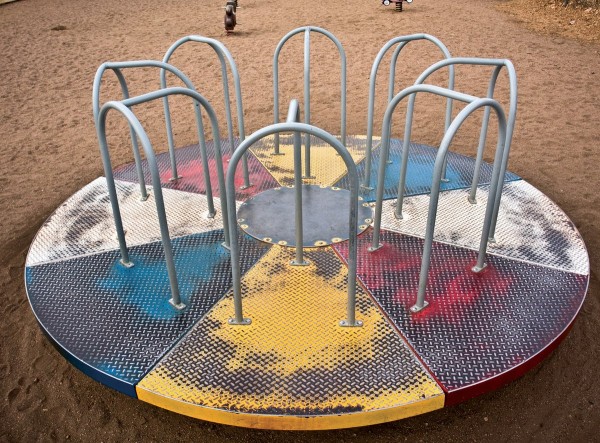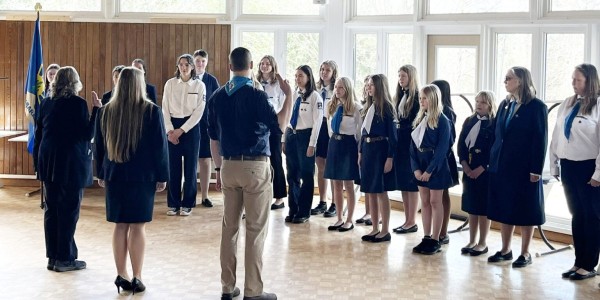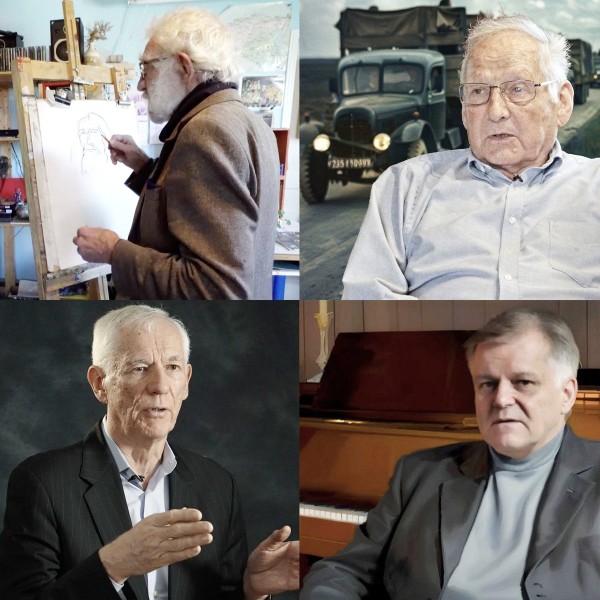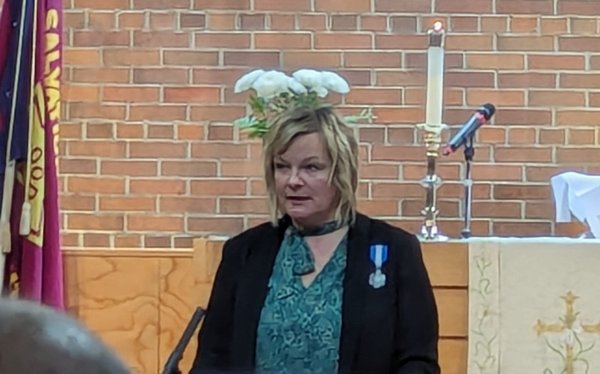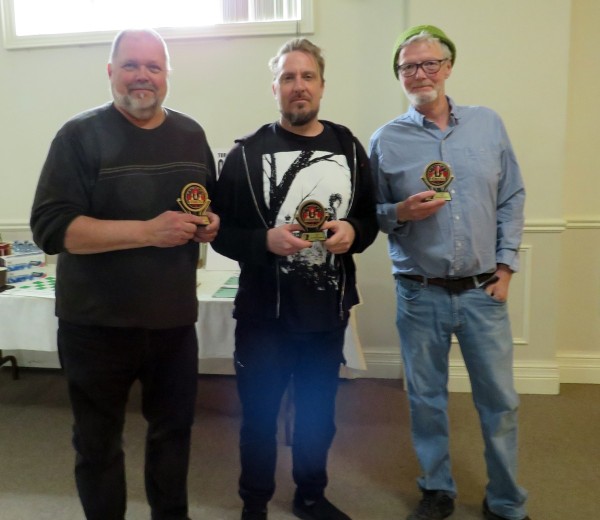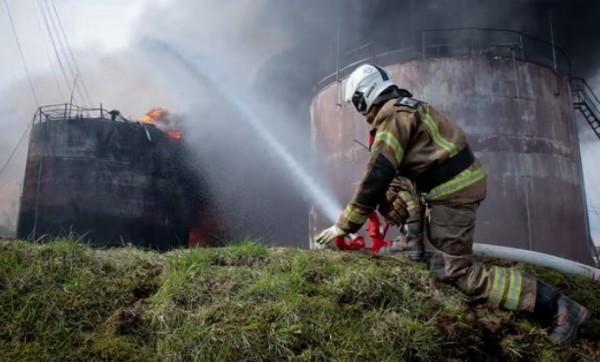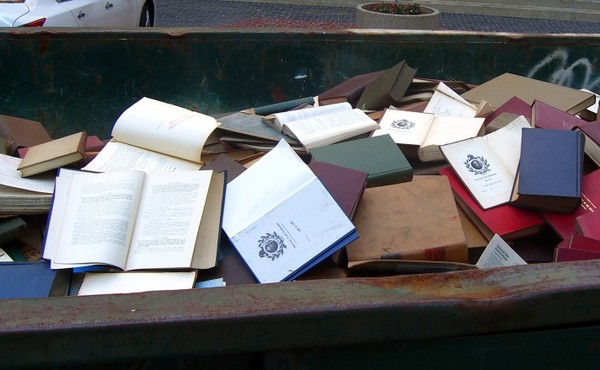
Photo for illustration only. Not actual Estonian House dumpster.
There is no excuse for disposing of such when we have an archive at Tartu College, and a proposed Museum of Estonians Abroad, that has yet to see shovel hit the ground. Personally the undersigned is also struggling with a plethora of printed material that accumulates along with years lived. Also in play is helping others, who have dealt with the loss of their parents, not knowing what to do with their parents’ library. To my chagrin I know of many cases, where quality literature has ended up in dumpsters. To avoid that I have boxes and boxes of books in my basement, not on the shelves, as I have copies already but do not wish to see them recycled. In the past people burned books. Now we recycle them, turning them into toilet issue. Hardly appropriate.
Over the years I have found Piret Noorhani, Tartu’s chief archivist to be welcoming and up front about materials that I wished to donate. She has accepted a fair amount. Also advised, that they have copies of some other material that I no longer had use for. Hence I still have it and the quandary remains. When the late Dr. Endel Aruja ran the Tartu Institute he organized massive shipments of books printed in exile to Estonia. I refer to the Eesti Kirjanike Kooperatiiv, ORTO, Eesti Kirjastus Kanadas and EMP Kirjastus among others. Small Estonian towns were delighted then to add to the collections of their libraries. As were the readers there.
However, toward the end of Dr Aruja’s life the interest in such books dwindled. I am certain that there are many, many collections abroad of these books on the shelves of aging Estonians. With no future home in sight.
This does not excuse what was done at Eesti Maja – essentially dismissing the historical work of previous generations. Without consulting others, or even organizing a book sale. There would have been buyers, most certainly. In fact, thanks to that above-mentioned individual I was able to read the very first issue of Tulimuld – the cultural magazine of Estonians in exile. Founded by Bernard Kangro in 1950 Tulimuld in many instances surpassed much of what was printed in occupied Estonia, thanks to the freedom to write without ideology. It ceased publication in 1993, once Eesti was free again. Kangro passed away a year later. He must beconsidered one of the giants of last century’s Estonian culture, anywhere.
Other cultural magazines found in the blue bins were years and years of Mana and Ajakiri. The former was edited initially by a collegium, later the publication appeared thanks to the yeoman work of Hellar Grabbi. Grabbi left this mortal coil in July. He would have been aghast had he known how Mana was treated. Ajakiri was the wonderful cultural magazine published by Vello Salo, under his Maarjamaa imprint. Salo is in his nineties, still in fine health, and is the Catholic priest of the historic Pirita Abbey.
Filmmaker Jaan Tootsen recently completed a documentary about Salo, titled Vello Salo. Igapäevaelu müstika (The mystic [theology] of everyday life). Presently playing in Estonian cinemas, I await seeing the film. Salo’s achievements, are, like Kangro’s, colossal. To simply throw Tulimuld and Ajakiri into essentially the trash is doing a great disservice to both.
One wonders – how many other books, magazines have suffered the same fate? And who is responsible. Once there existed the EKN archive, run by volunteers. Rumours have been swirling for years about what has happened to those materials in the EKN/Estonian House archive – none good. Quo vadis, cui bono? Where are we going, who benefits? What has been happening with the destroying of materials by people, presumably on the Eesti Maja payroll, is irresponsible from an historical and cultural perspective.
Piret Noorhani advises that the TC archive is turning away Mana and Tulimuld. For Ajakiri, though, there is interest in Eesti. Fair enough – every literate family subscribed during the refugee years, their offspring were raised to respect the printed word but have no use for decades of old magazines.
In our digital age far fewer people are reading. However, not everything is on the net. Certainly the magazines mentioned above have not been digitized. My library holds many valuable books used for reference, the info within not available online. The dismissive cavalier way of disposing of our cultural history of the refugee years is simply wrong. To paraphrase Desi Arnaz as Ricky Ricardo – Eesti Maja, you have some ‘splainin to do.
TÕNU NAELAPEA






